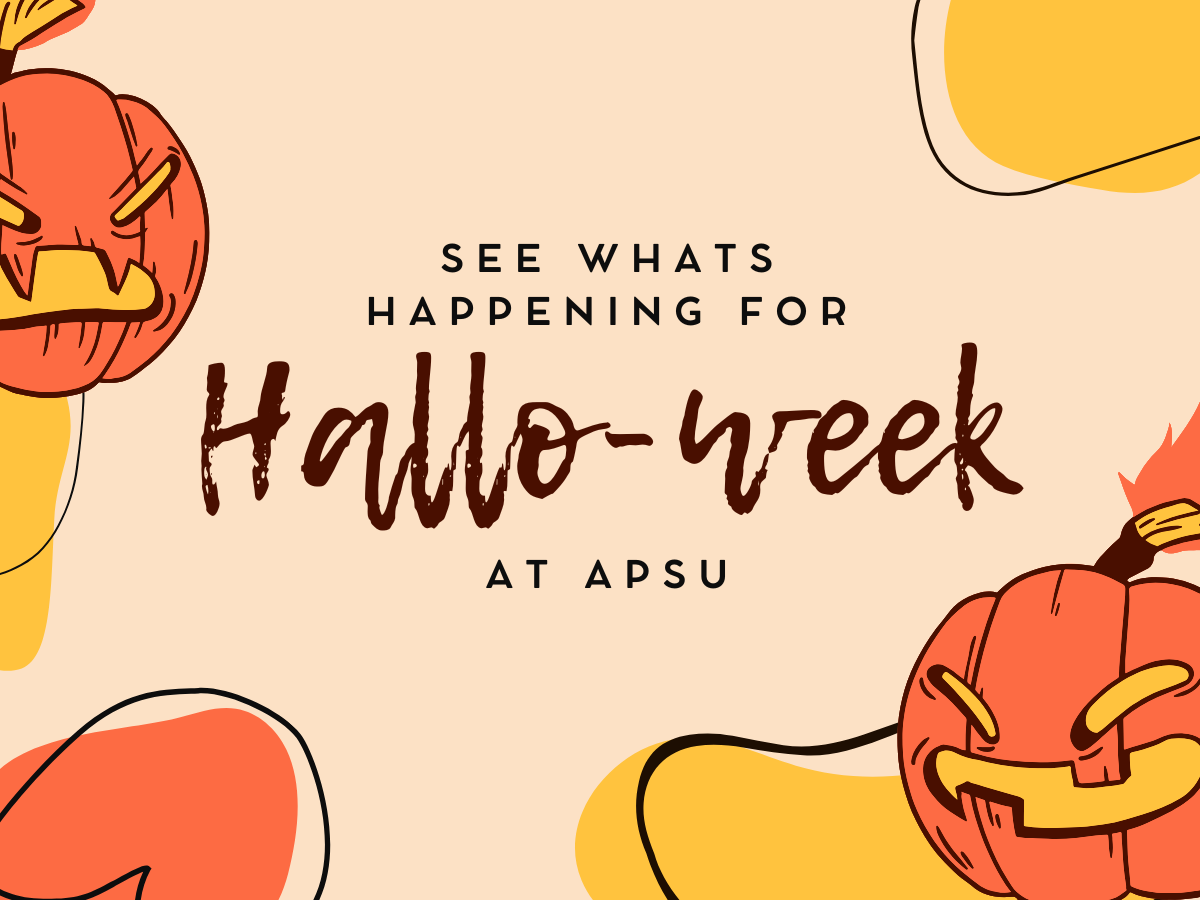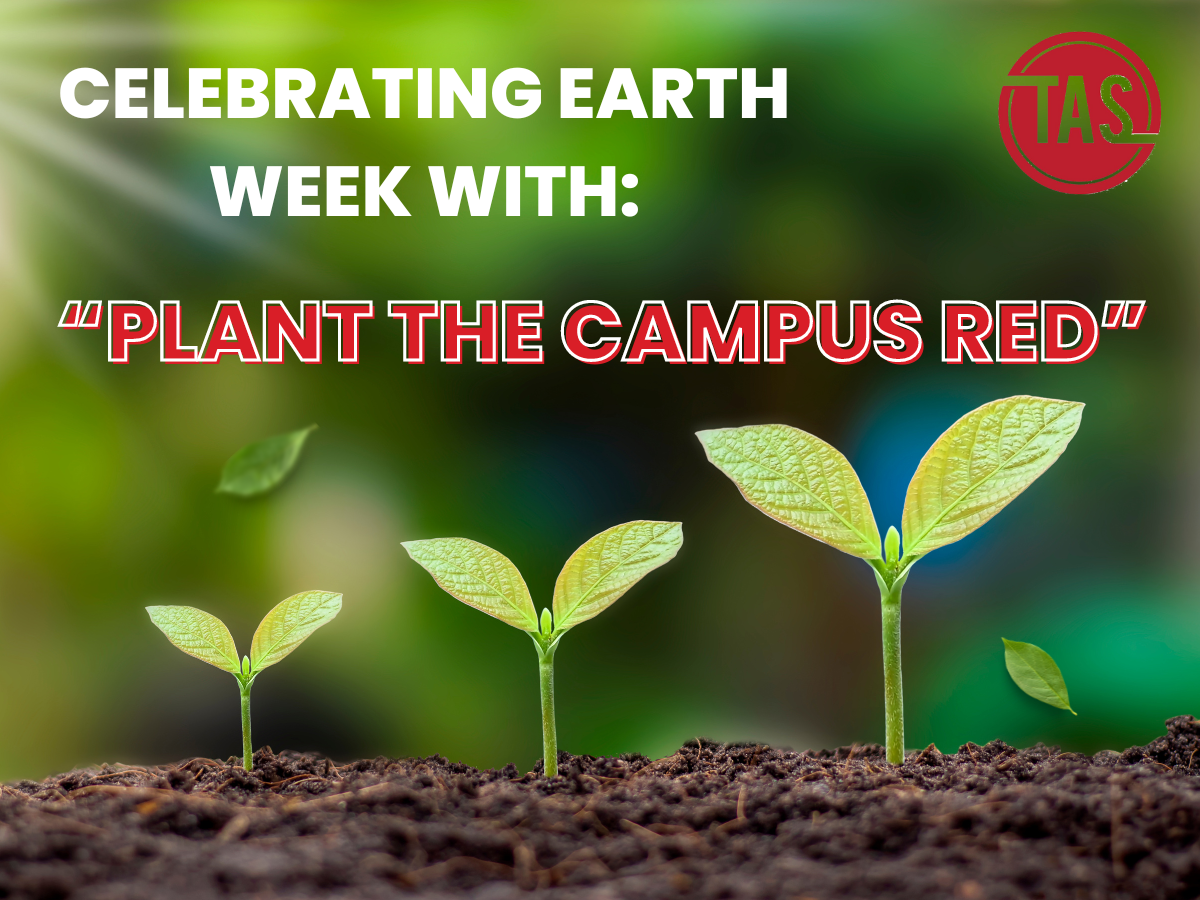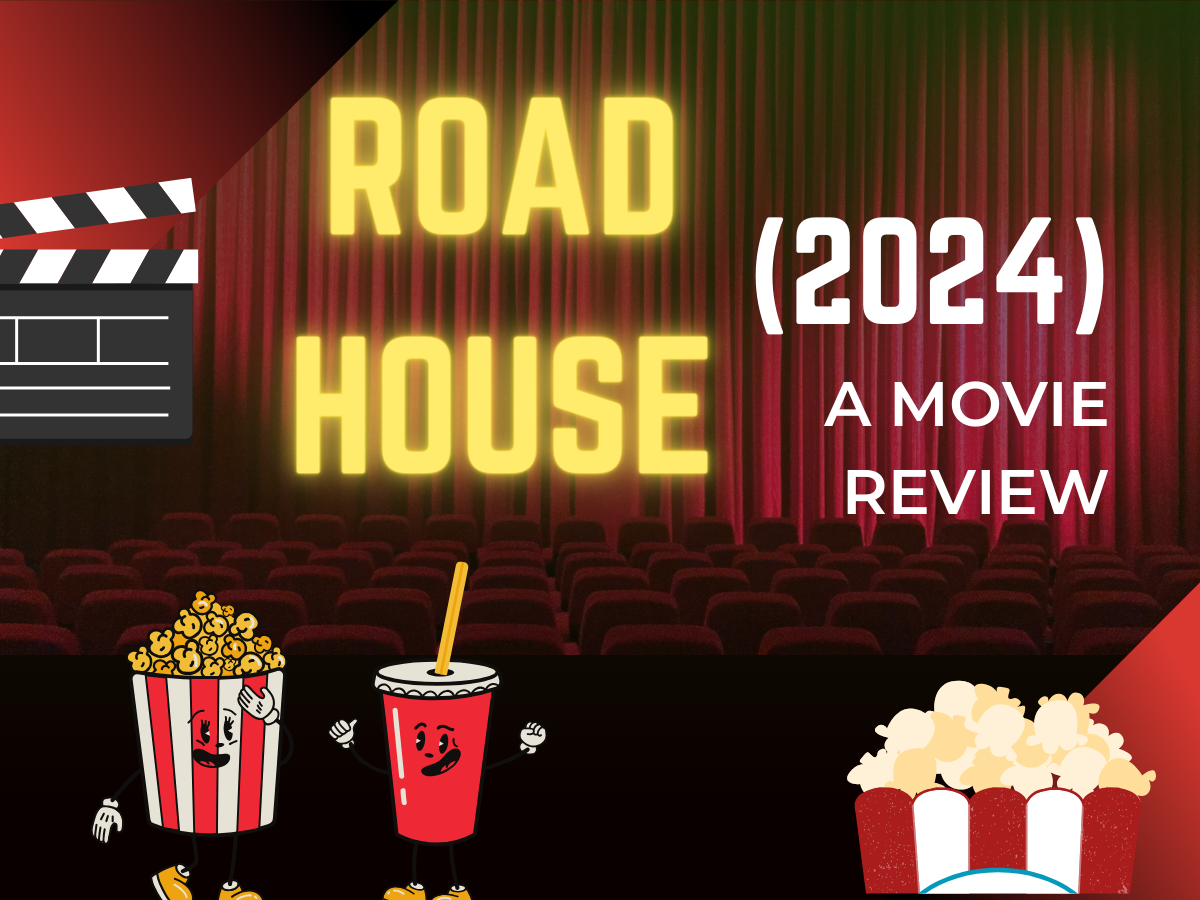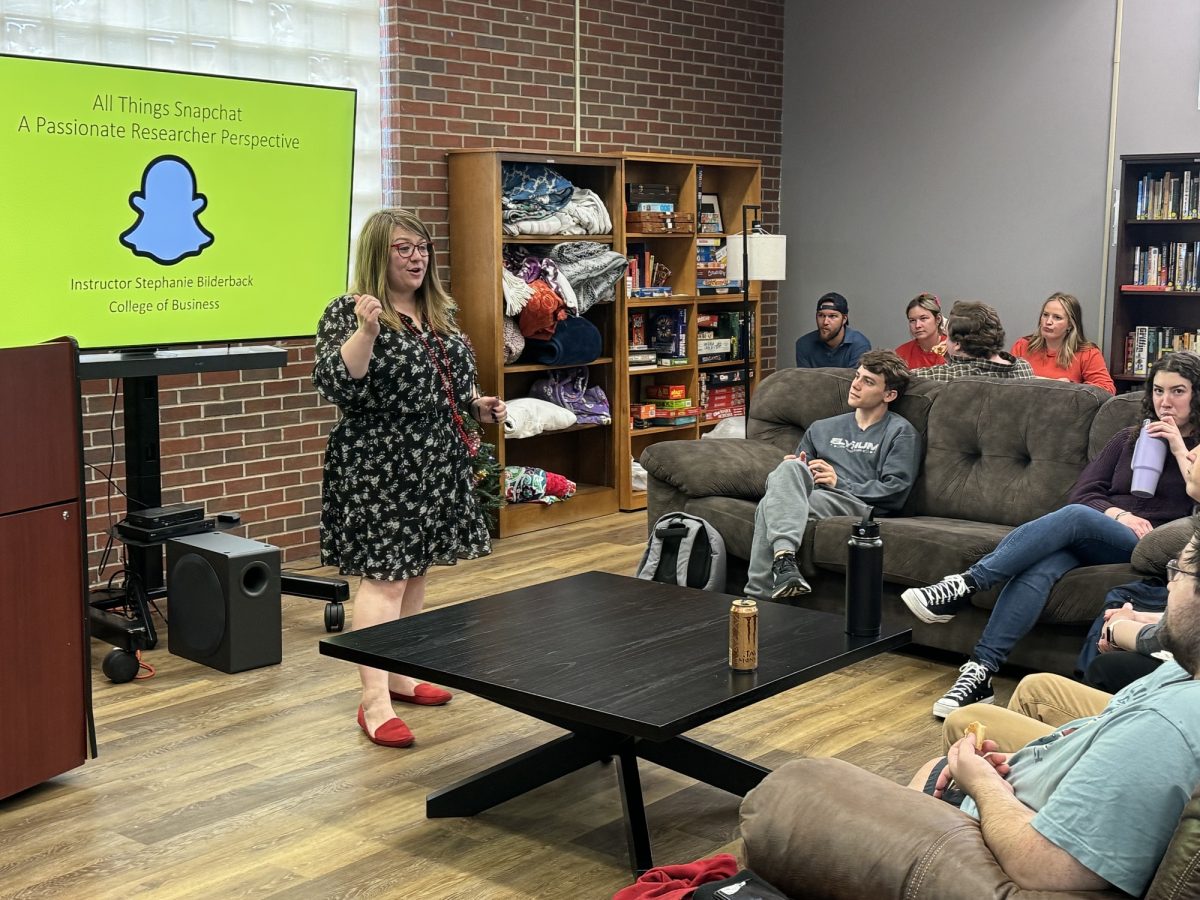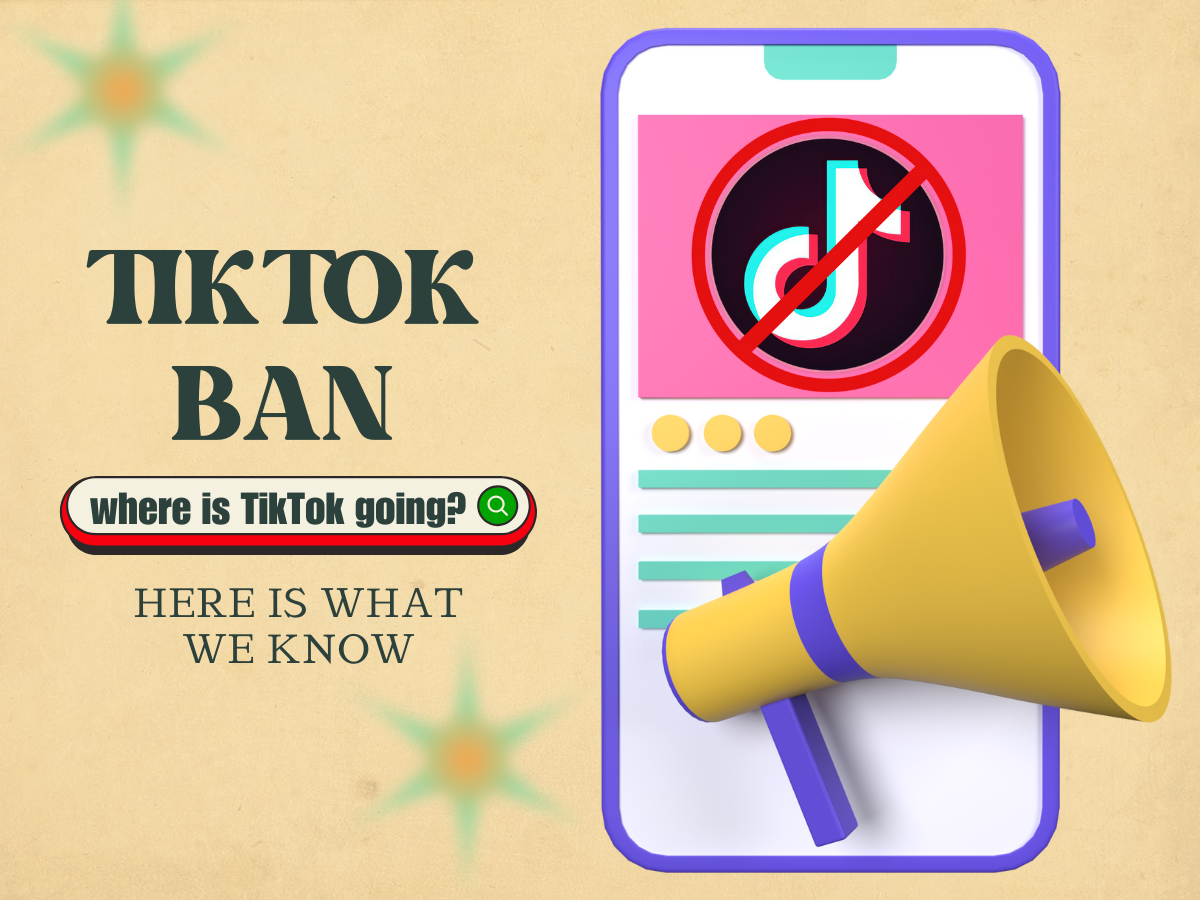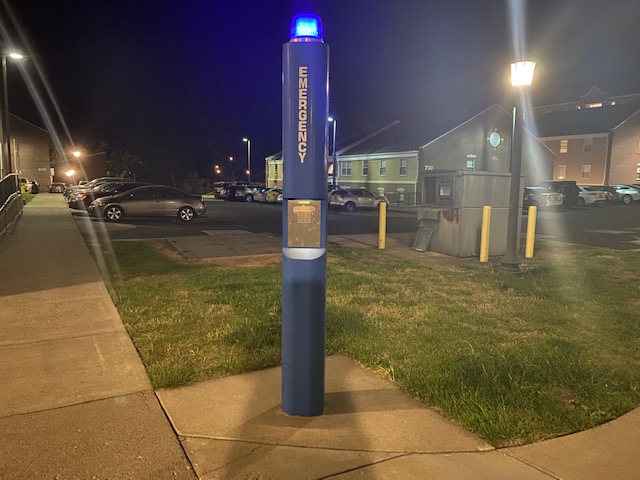Get lots of sleep. Drink plenty of water. Take a multivitamin. Eat your protein.
These basic health principals were drilled into me by my mom, and I know for a fact she still recites them to her students and actors at Bethel University.
Maybe it was when the food pyramid was revamped or when Morgan Spurlock released “Supersize Me”; maybe it was an inevitable movement in the zeitgeist, but the food buzzwords, exercise trends and overall obsession with health, fitness and body image, seem to me … well, crazy, or approaching crazy. The foundation I was given doesn’t even scratch the surface anymore. Why am I not eating kale all the time? Why don’t I participate in CrossFit? Is everything I eat a GMO? Why does that matter?
Until last semester I had never pulled an all-nighter. I drink soda maybe twice a month. I don’t eat exclusively non-GMO or gluten-free or vegan or raw. I have seedless oranges and Oreos and one-percent milk and granola bars and almonds in my room. I take a multivitamin and B and C vitamin complex. I exercise sometimes. I stretch and drink water a lot. I’m in a dance class. I’m trying to work at least one group fitness class into my life.
I’ve never had a perfectly flat stomach. Sometimes that’s made me feel discontent, or like I should change how I eat, or how often I exercise, but I’ve reached a place where that matters to me less than it used to. It’s also true I’ve never been told I was overweight — either medically or by someone trying to be cruel. I was teased some for being slender. It sucks to say, but cultural standards fell in my favor, even though I carried anxiety about my size and weight.
Navigating these new-fangled diets and exercise regiments has been challenging for a middle-of-the-road gal like me, especially since I, regrettably, avoided sports in school and am getting in the fitness game a little late. That being said, here are some nuggets of wisdom to negotiate the madness:
1. Gluten-free
What it means: The absence of the protein gluten, found primarily in grain.
Why go gluten-free? Most people go gluten-free to treat celiac disease. Links between gluten and other diseases and disorders, both physical and mental, are being studied. Trying out gluten-free life could reveal that you feel better without gluten. It might not.
2. Vegan
What it means: Not using any products that came from animals.
Why go vegan? Going vegan cuts out dairy and honey in addition to meat and fish. Dairy and meat are two heavily processed foods. Eliminating them subsequently eliminates growth hormones and chemicals used on animals to make them produce more meat or milk.
3. Raw
What it means: Eating only uncooked foods.
Why go raw? God only knows. All processed foods are eliminated and only uncooked fruits, vegetables, grains, nuts, meat and unpasteurized dairy products are used.
This diet sketches me out. Food poisoning, anyone?
Really, only a raw diet entails weight loss, because going raw means having a diet of almost exclusively fruits and vegetables. It is also possible, however, to cut down on or eliminate processed foods from your diet and reap the weight loss benefits without drinking milk from utter.
“The best exercise for you is the one you’ll do,” is the best piece of advice I’ve received about fitness.
I’m not in love with exercise, but I’ve also grown to not hate it, either. Gym class used to make me all kinds of insecure. I’m uncoordinated, a complete disaster when running, and I sweat. Oh my god. I started wearing Certain Dri. No shame. So why would anyone exercise ever? Because the human body is amazing.
The reason modern dance and parkour and jiu jitsu exist is because the human body is capable of doing them. I’m not saying everyone should go throw themselves off of a building. Don’t do that. Really. Unathletic, uncoordinated, sweaty me took a martial arts class last semester, and I loved it. Did I lose weight? I honestly don’t know, because that wasn’t why I took the class. But I used my body and learned some sweet martial arts moves. It felt cool. It also hurt sometimes. I noticed I wasn’t so tired all of the time, and when I was tired at the end of the day I felt like I had done something instead of being tired after watching hours of “Say Yes to the Dress.”
When it comes to exercise, do you. Everyone needs to get up and move around, though. The Center for Disease Control prescribes two hours and 30 minutes of moderate or intense aerobic activity and two or more days a week of working all major muscle groups. More of the CDC’s thoughts on how much exercise all adults need can be found here.
Exercise is a need. This is not just for the athletic or the people trying to lose weight or the otherwise health-crazed. Exercise boosts mood, the immune system and energy — i.e., virtually every part of life. Picking something fun and enjoyable makes it all the better. And remember that while P90X, Insanity and similar regiments promise results after a few days or weeks, keeping that body toned will take a lifetime of food and exercise choices.
The principle of losing weight is burning more calories than are consumed. I used the My Fitness Pal app this summer to track what I ate and how much I exercised. I liked using it because it calculated how many calories were in what I ate, and let me know if something I ate — like Greek yogurt — had a lot of protein, and would lightly scold me if something I ate was high in saturated fat.
Tracking my exercise was pretty easy, too, once I got the hang of logging in every day. The only downside to the app was that it doesn’t take into account that the human body burns 200 calories per hour just by going about its business of pumping blood to organs. Keeping track of what you eat in some form or fashion will surely at least raise your consciousness of what you eat, as long as you’re honest in your logs.
It’s still a challenge for me to find time to dedicate to exercise because I never did growing up. Realistically, though, everyone can find 30 minutes to do a Spring 8 on the elliptical, bike or do a couple sets of free weights.
Choosing whole grains over white bread, cutting out or limiting soda and swapping red meat for vegetables are real diet game changers. One thing I love is that as a consumer, I have options when I go grocery shopping. I know Oreo’s are not going to propel me towards being the 110-pound yoga master I sometimes wish I was, and I can decide whether or not that matters to me.
That being said, a lifetime of processed food and minimal exercise is a slow and painful death. It’s important to make healthy choices because, if nothing else, you might find yourself less groggy and more alert, focused and happy. Doing the “trendy” diet or exercise plan because it’s what you believe others think you should do is the worst possible reason to change the way you live, but not doing it because you think you can’t is the worst possible reason not to.
Trendy diets and exercise plans come and go. Remember Atkins? South Beach Diet? John Basedow? Trying them out doesn’t hurt, but in crazy times like these, I like to revert back to Mom’s mantra: Get lots of sleep. Drink plenty of water. Take a multivitamin. Eat your protein. TAS
For more:
http://www.cdc.gov/physicalactivity/everyone/guidelines/adults.html


